Building Brand Power in Mind and Market: Lessons from Go Social's Courtney Sandora
I first connected with Courtney Sandora through our shared network in the whiskey industry, where her reputation preceded her long before we met. What immediately impressed me was her impressive background at Brown-Forman, where she played a pivotal role in the revival of the Old Forester brand—transforming it from a dusty shelf presence into a vibrant, sought-after bourbon that resonates with both traditionalists and new whiskey enthusiasts.
But what truly captured my attention was Courtney's entrepreneurial spirit and leadership vision. In 2010, when social media was still the Wild West for most Fortune 500 companies, she recognized an opportunity that others missed. Rather than staying comfortable in the corporate world, she took the bold step of launching Go Social, an agency focused explicitly on helping beverage brands navigate the rapidly evolving digital landscape. Her ability to see around corners and translate that foresight into actionable strategies for her clients is what sets her apart in an increasingly crowded agency space.
Key Takeaways for Brand Owners and Marketers:
1. Consistency Trumps Viral Moments: Success in social media isn't about chasing viral content—it's about showing up consistently with planned content calendars, active community management, and staying current with platform trends.
2. Market Power + Mind Power: Effective brand growth requires both market power (sales, distribution, pricing) and mental power (awareness, distinctive assets, meaningful difference). Neither alone is sufficient.
3. AI is a Tool, Not a Strategy: While AI can enhance efficiency and provide predictive insights, success still depends on having skilled professionals behind the prompts who understand brand strategy and creative execution.
4. Timing Matters More Than Perfect Pitches: Traditional PR success often comes down to persistence and timing—a reporter who ignores your pitch today might circle back a year later when the timing aligns with their editorial needs.
5. Choose Partnerships That Align with Brand Values: "Chaos partnerships" and trending collaborations can generate awareness, but they must authentically connect to what your brand stands for, or risk diluting brand equity for temporary attention.
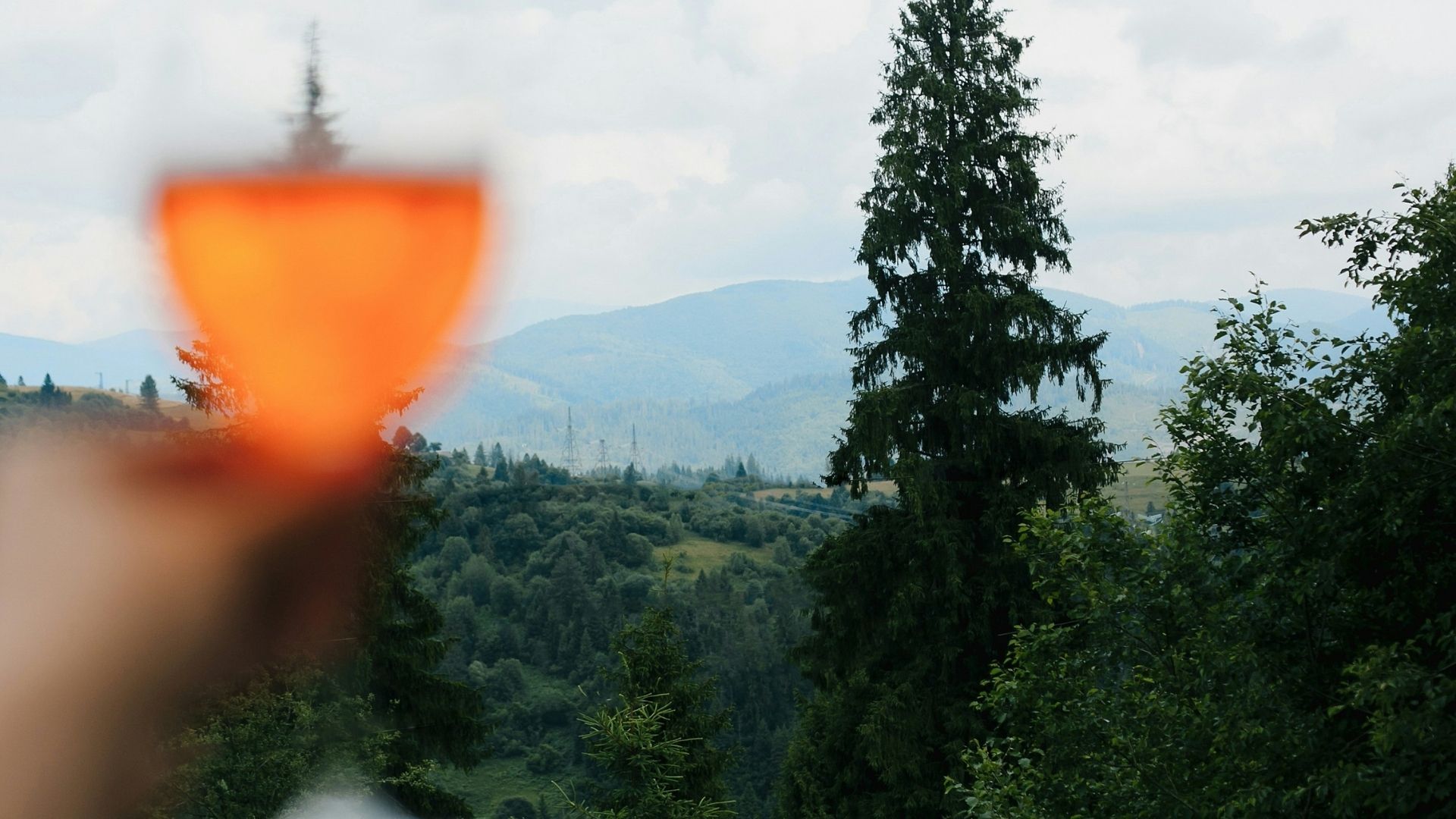
Read my conversation with Courtney here:
1. Could you share the story of how Go Social came to be? What inspired you to found an agency specifically focused on beverage brands after your experience with companies like Jim Beam and Brown-Forman?
I’ve always been drawn to the field of communications and fell into the beverage category while working at a PR agency who represented Jim Beam. I really enjoyed the social nature of the spirits category and found whiskey brands in particular to have interesting stories to tell.
My love for whiskey took me to Kentucky where I accepted a role at Brown-Forman on the Digital Marketing team. As part of my position I was attending social media conferences where I saw that so many of these Fortune 500 companies were all in the same boat - they had no clue how to use this new marketing medium. I knew there was an opportunity to launch an agency to help others best use social media and Go Social was born in 2010.
Thinking back on it, social media was truly exciting because it was the first time you could really communicate directly with consumers as a brand in “real-time”. Nearly two decades later we often take that relationship and access with consumers for granted.
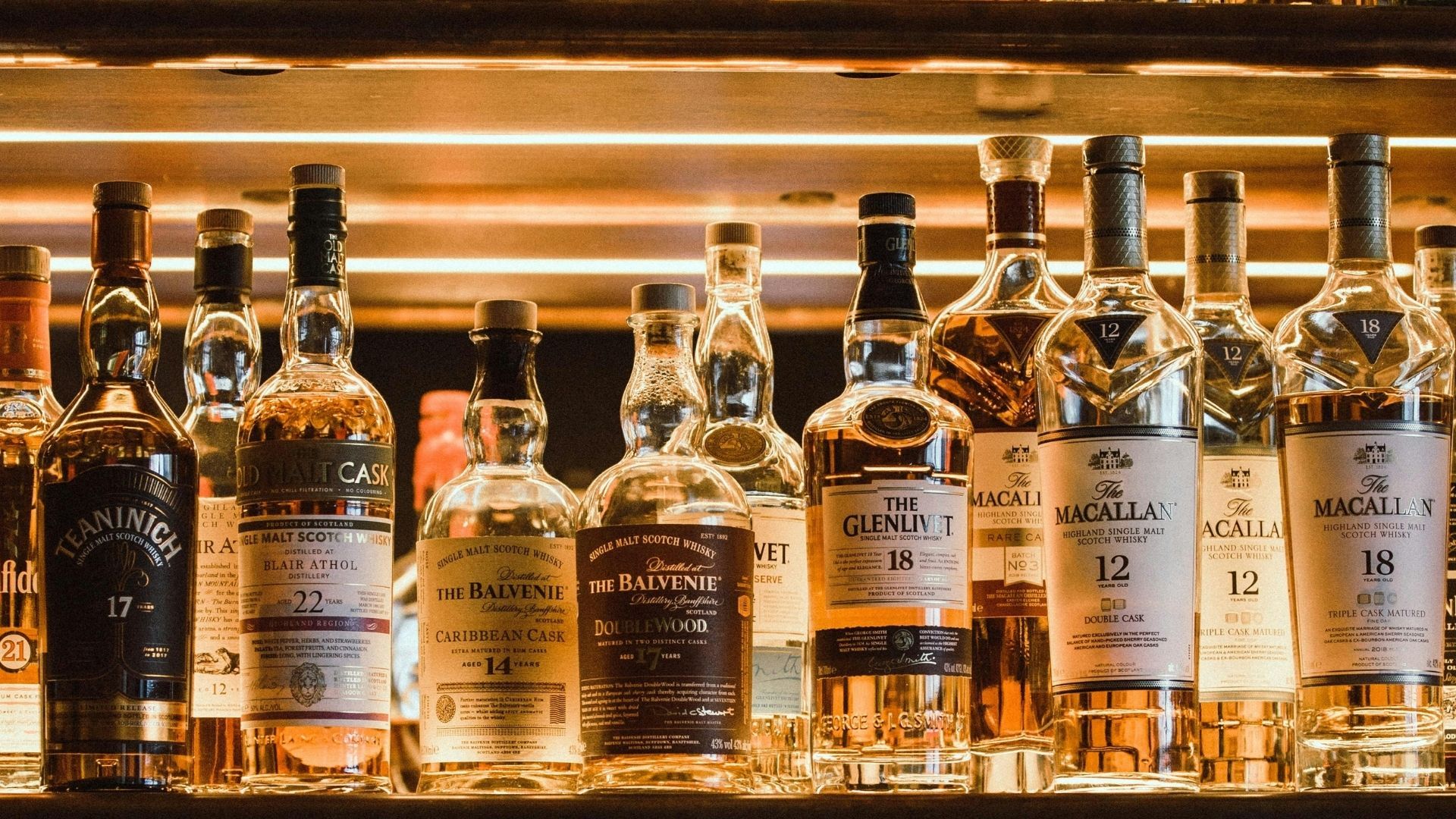
2. You've worked with major beverage brands like Jim Beam and Brown-Forman before founding Go Social. How have you seen the media landscape for beverage brands evolve over the past decade, and what changes have most impacted how brands connect with consumers?
I think people are discovering brands in new ways - from regional whiskey groups on Facebook to cocktail influencers on TikTok and bourbon boards on Reddit. Recommendations from bartenders and retailers still hold great importance but the online world gives you more access, more quickly to a variety of opinions.
Traditional news coverage will still give a brand a larger burst of awareness but the day-to-day scrolling belongs to these online communities. I find a mix of both - new and traditional media- to be very powerful.
3. With social media algorithms constantly changing, how do you help beverage brands adapt their strategies to maintain visibility and engagement, especially when organic reach continues to decline?
No one likes to hear this, but I often equate social media management to losing weight - it's all about consistency and putting in the work. Having a planned content calendar, active community management and staying on top of content trends (carousels versus reels, etc) will help you win.
I also think a healthy mix of paid social media with organic is great to have if your brand can afford it. Boosting select messaging or running geo-targeted ads in the markets that matter can really help with reach.
4. You've mentioned that any communication effort needs to "ladder back up to business goals." How do you help clients measure the ROI of their PR and social media investments, particularly for beverage brands where the path to purchase can be complex?
We believe that to help a brand grow you need power in the market (sales, distribution and the right pricing) and power in the mind (awareness, distinctive assets and meaningful difference). We have software that measures reach and impression but the reality is it's often hard with the three-tiered system to prove that a piece of news coverage drove a sale. What we do know is that without awareness the likelihood of someone pulling you off the shelf is slim.
5. How have you seen AI tools change media strategy for beverage brands?
It's still early but we’re seeing AI integrations with most of our existing software, whether it's Canva, Adobe, Google or META. I think AI is a tool but I’m still a firm believer that you need the right person behind the prompt to get the best results. If our creative team uses AI to assist with an image, it’s going to look so much better than if someone without design training used it. Trust me, I’ve tried.
I think where AI can be really powerful is in predictive scenarios. We use software which predicts which social copy will perform better on a certain social channel based on thousands of existing posts. Like any good technology I think it will help us be faster, smarter and more efficient in the long run, but we need to learn how to use it in the right way.
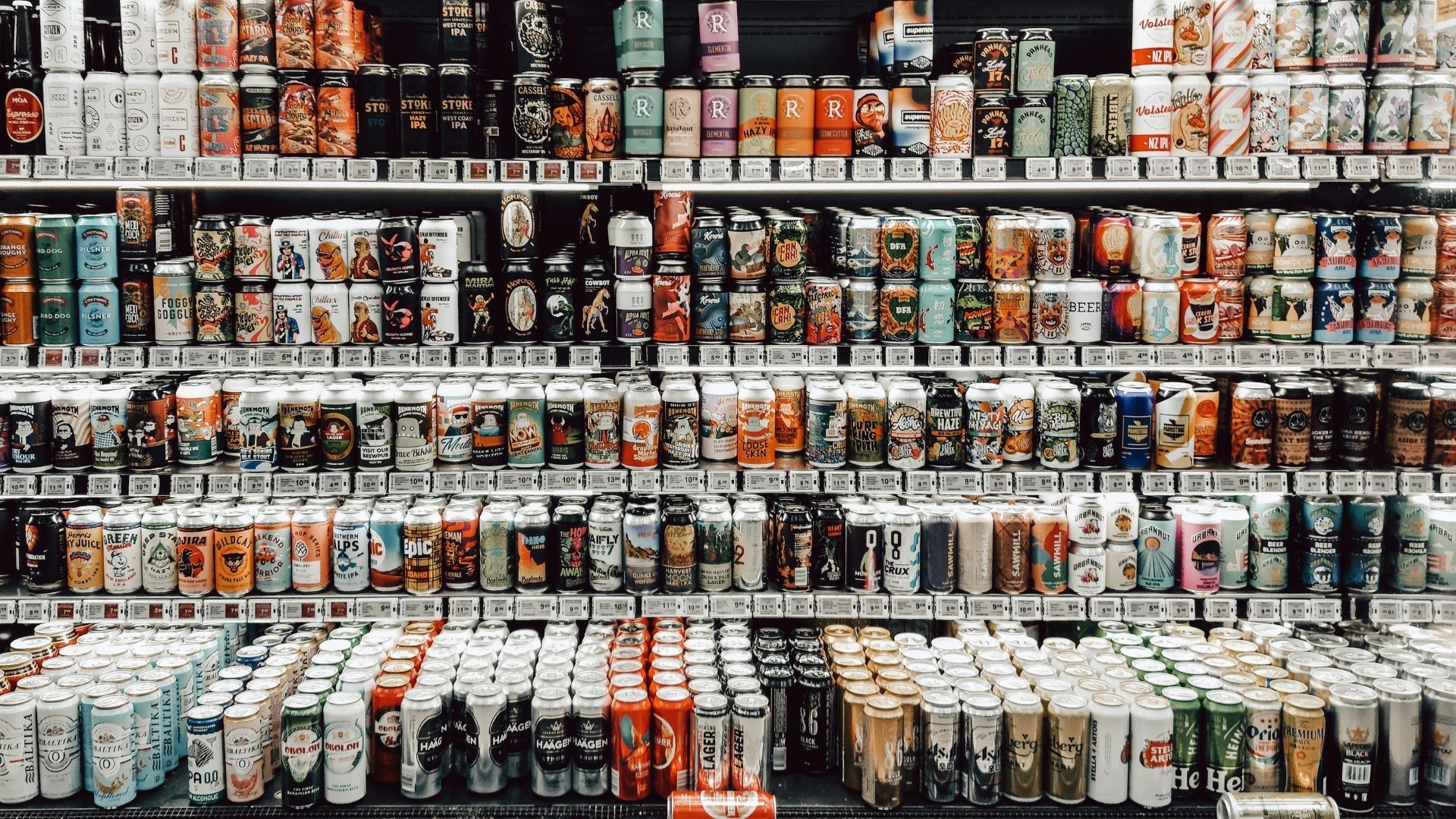
6. You've worked with both global brands and craft producers. At what point should emerging beverage brands consider outsourcing their media relations or social media management, and what indicators suggest they're ready for agency support?
I often see brands outsourcing PR before social media, because PR is more of a “black box” for brands - they don’t quite understand how it works. There’s also potential for some more long lasting risk - if you try to do PR on your own and make any missteps, like being too aggressive with a reporter or not meeting a deadline, you could burn a bridge, and there are only so many reporters in each market.
When it comes to social media, craft brands tend to treat it more like an extension of a personal social media account versus thinking about it as a tool for brand building. Too often people hand off their social media to interns or their neighbor’s niece because they happen to be digitally savvy. As a brand grows, they usually come to a spot where they start to treat it as a more serious part of their marketing mix.
As an agency, I often see brands reach out after they feel they’ve conquered their backyard and they are ready to expand into multiple markets. I’m hearing more new brands say their potential distributor partners want to see a robust social presence before they’ll take them on, in which case that can cause a brand to invest earlier.
7. "Chaos partnerships" and unexpected brand collaborations (like the Liquid Death/Yeti "coffin cooler") seem increasingly popular. How do you advise beverage clients on when to embrace unconventional marketing versus maintaining brand consistency?
In the world of PR, you have natural news - like new ownership, and then you have moments where you create news out of a promotion like a chaos partnership. Those partnerships are great at generating a large burst of short-term awareness. I think you can use them sparingly and I think it has to make sense for the brand. Like any marketing partnership if it doesn’t tie back to what the brand stands for it just comes off feeling like an awkward fit. I feel the same way about jumping on some of the social trends that are being driven by TikTok. You don’t want to give away your brand equity for the sake of being a part of a trend. It needs to be a good fit, and it needs to make sense, otherwise you can look like a “me too”.
8. Having been on both the client side and agency side, what do you wish more brand owners and marketing leaders understood about maximizing their relationships with PR and social media partners?
I think the best brand building happens over time and requires you to be consistent. There’s often a sense in today’s fast-paced, instant gratification world that we want results now. When you know who you are, and you stick to it, your messaging becomes that much more powerful.
For tactics like social or PR, we hear a lot around viral ideas, but the truth is it's the non glamorous side that often pays off - the daily community management and the follow-up emails to reporters. It also has to be the right timing. We just had a national outlet reach out about a brand we pitched a year ago. The reporter did not respond to any of the initial pitches or follow-ups, but had saved the message. She reached out a year later when the timing made sense for her outlet. Managing timelines and expectations with clients and internal stakeholders is necessary to keep everyone focused on the long game.
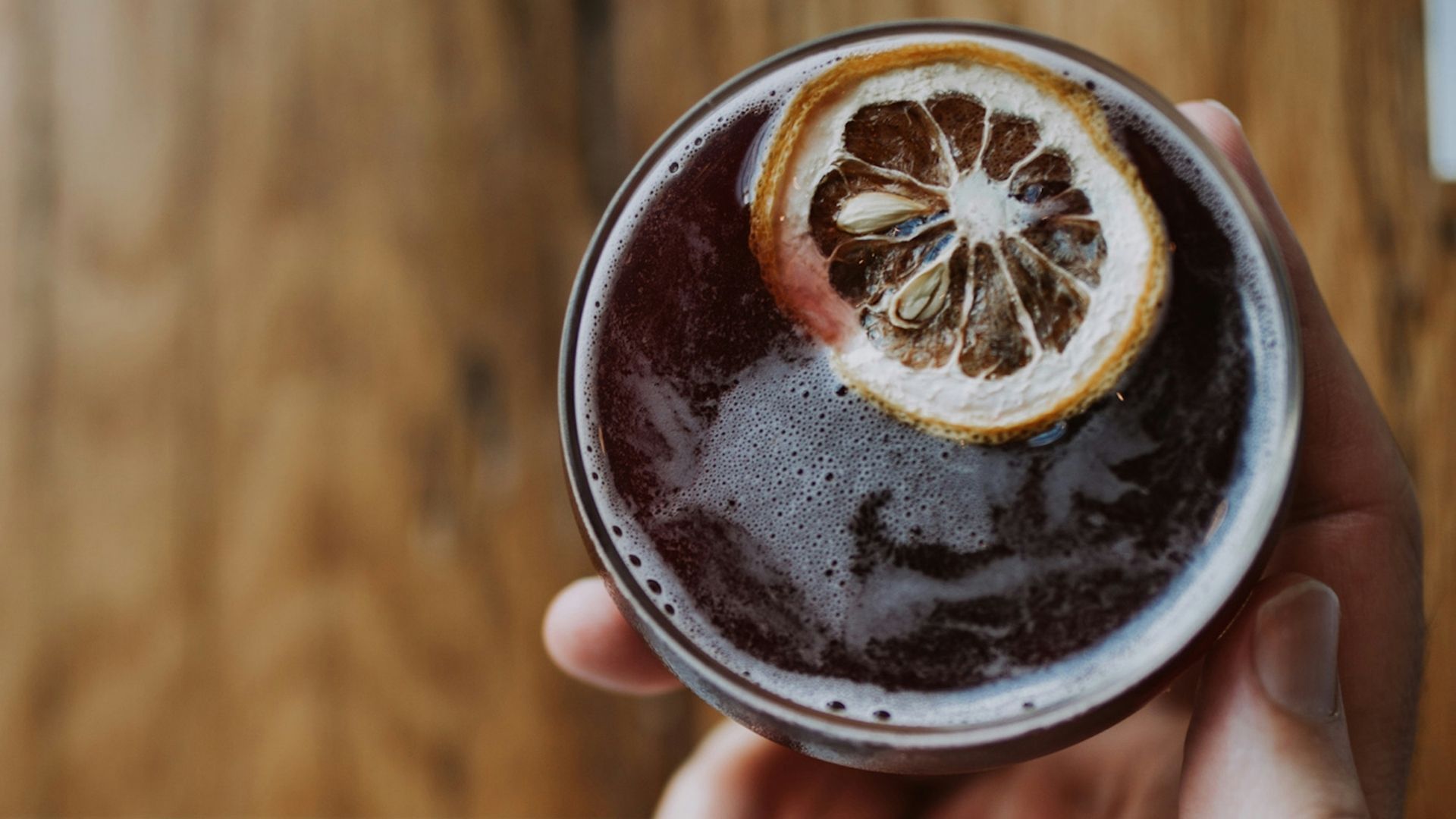
9. How has the rise of influencer marketing specifically changed PR strategies in the beverage industry, and how do you see the relationship between traditional media and influencer partnerships evolving?
It’s hard to be a full-time journalist in today’s world. Newsrooms are shrinking and media outlets are consolidating due to the fact that they gave away free content for so long. I think influencers really fill that newsroom void in some ways - telling us where to go eat, what fashion trends are in and even helping to spread breaking news.
That’s not to say that journalists and influencers are the same by any means. Journalists are more classically trained in reporting and fact checking whereas most influencers create content as their side gig or a hobby. That said, they both often have a niche or a beat, and they both need to be somewhat digitally savvy in today’s world. A lot of people can turn their nose up at the idea of influencers, but when you look at how people discover brands, or how they are swayed to purchase, the stats on influencers are pretty powerful.
Just from a personal perspective, when we travel I find almost all my restaurant and hotel recommendations on Tiktok from influencers and then I’ll go to traditional media like Travel & Leisure to verify. If I was opening a tasting room today or entering a new market I would definitely have influencer marketing as a major part of my strategy in addition to PR.
10. With consumers increasingly interested in the stories behind their beverages, how has your approach to brand narrative and storytelling evolved since you first entered the industry?
I think the category you are in matters when it comes to storytelling. I feel consumers expect whiskey brands to have a rich story behind the brand, whereas with a category like vodka storytelling may not be as important. That said, as we create press releases, talking points for influencers or social media strategy we’re always looking at brand stories to help differentiate our clients.
When it comes to social media you need to find ways to tell brand stories in a fresh new way to “feed the algorithm beast”. A lot of times we’ll have clients who are burnt out on storytelling and social media in general, and that’s where an agency partner can really come in and do that heavy lifting.
11. Looking ahead to the next few years, what emerging trends or platforms do you believe will most significantly impact beverage marketing, and how should brands prepare now?
I think e-commerce is currently a small part of the mix for spirits brands due to shipping issues, but I do see that continuing to grow, and I do hear brands seeing success with companies like Instacart. I think for non-alcoholic beverage brands Amazon is really powerful, especially with the recurring subscription orders.
On the social side, I think TikTok will continue to be a leader but it’s going to be more about brands leaning into existing content creators/influencers in order to create relatable content. I’m also reading about Pinterest gaining popularity with GenZ, which is interesting for beverage brands because that’s a platform people use to plan events (recipes, decor). Pinterest does a great job at driving web traffic so if you can find the right content mix it could lead to more online sales.
I believe search will continue to shift more from Google and start on platforms like TikTok. It will also be heavily impacted by AI - think about the way you are already using AI summaries in search results now without even realizing it. In the end I think technology will continue to be a tool for brands to reach more people more efficiently, but you need to be smart about it and avoid the shiny new toy syndrome.
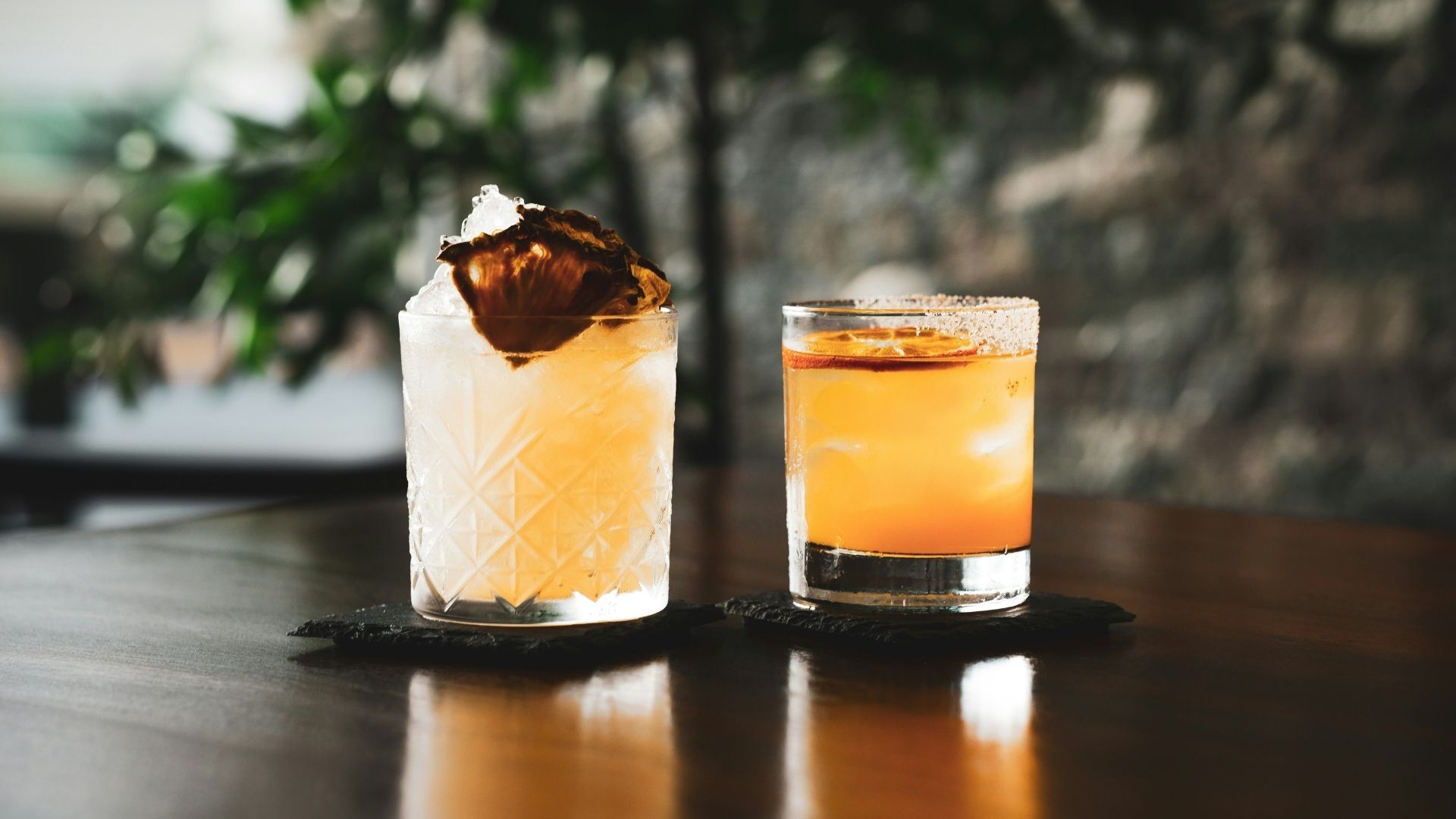
Pulling It All Together
Courtney's insights remind us that while the tools and platforms continue to evolve, the fundamentals of strong brand building remain constant: know who you are, stay consistent with your messaging, and play the long game. Whether you're a craft distillery looking to expand beyond your backyard or an established brand navigating the complexities of modern media, the key is finding partners who understand both the strategic vision and tactical execution required to succeed.
For brand owners ready to take their media strategy to the next level, I encourage you to learn more about Courtney's work and the team at Go Social. You can explore their approach and case studies at www.goforthbesocial.com, connect with them on LinkedIn, or follow their latest insights on Instagram.
In an industry where authenticity and strategic thinking matter more than ever, Courtney and her team at Go Social continue to prove that the right partnership can make all the difference in building brands that don't just capture attention, but earn lasting loyalty.
